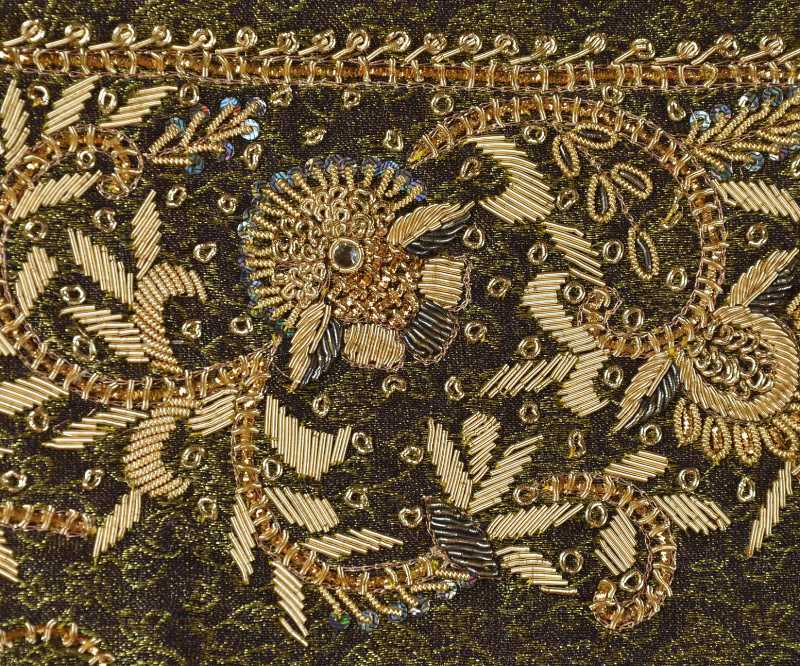===
0292,
9
===

=== |
 |
raam kahaanii : 'The Rāmāyan or story of Rām; —a long story'. (Platts p.583)
FWP:
SETS
MOTIFS == DREAMS; RELIGIONS; SPEAKING
NAMES
TERMS == QUATRAINThe insistence on the lack of 'leisure' for sleep, and on 'night and day' recitation, emphasizes the sense of the 'Ram-story' as a 'long' narrative. The speaker's obsessive (or even helpless?) commitment to this ;zikr also evokes, as SRF observes, a mystical absorption in divinity-- only in this case of course the obsession is about 'idols' rather than God. The result is an interminable 'Ram-story' that is a long story, a mystical/religious story, and inevitably (in the ghazal world) a 'story of difficulties' as well.
But then, it's not ultimately so clear-cut. For what the speaker can't stop reciting is 'something like' a Ram-story-- literally, something 'Ram-story-ish'. What does the difference consist in? As so often, part of the imaginative work of the verse is left for us readers to do for ourselves.